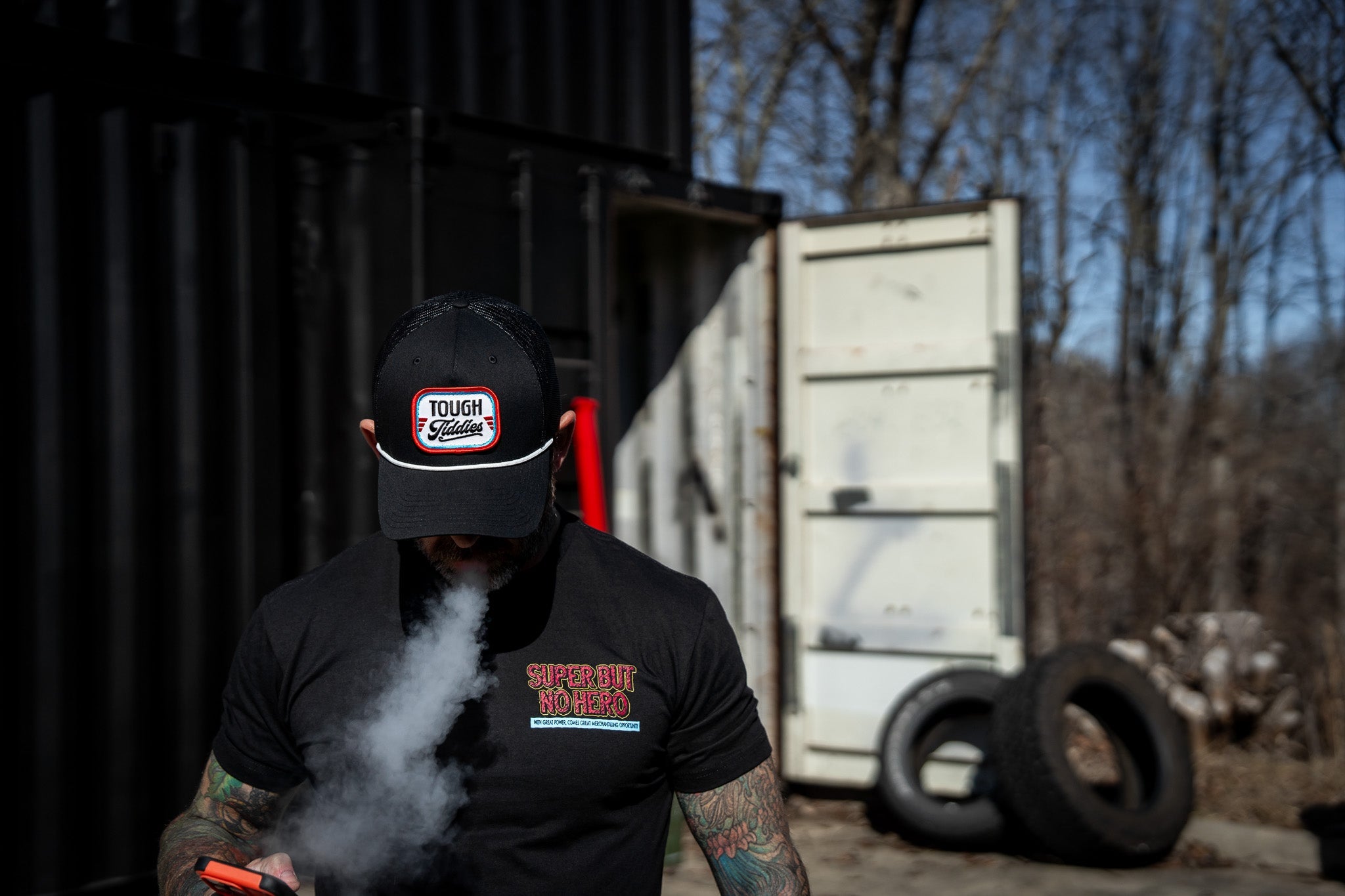Ultimate Guide to Durable Workwear: What to Wear for Tough Jobs
Working in a physically demanding job requires more than just skill and dedication; it demands reliable, durable workwear that can withstand the rigors of the workday. Choosing the right clothing can mean the difference between a productive day and a day filled with discomfort, injury, and lost productivity. This ultimate guide will equip you with the knowledge to select the most durable and appropriate workwear for your specific needs.
This guide covers a wide range of workwear essentials, providing insights into materials, features, and best practices for maintaining your work clothing. Whether you're a construction worker, a mechanic, a landscaper, or work in any other physically demanding profession, this information will be invaluable.
Understanding Your Work Environment
Before diving into specific garments, assess your work environment. Consider these factors:
- Exposure to elements: Will you be working outdoors in extreme heat, cold, rain, or sun? This dictates the type of fabric and protective layers you need.
- Hazards: Are there risks of cuts, abrasions, chemicals, heat, or electrical hazards? Appropriate protective gear is crucial.
- Physical demands: How much movement and exertion is involved? Will you be climbing, bending, or lifting heavy objects? Choose clothing that allows for a full range of motion and provides sufficient support.
- Industry regulations: Are there specific safety standards or regulations governing the type of clothing you must wear?
Essential Workwear Items
Once you understand your work environment, selecting the right clothing becomes easier. Here are some essential items to consider:
1. Durable Pants
- Material: Look for durable fabrics like ripstop nylon, canvas, or durable cotton blends. Reinforcements in high-wear areas (knees, seat) are a plus.
- Features: Consider multiple pockets for tools, reinforced stitching, and comfortable waistband.
- Style: Choose styles appropriate for your job, such as cargo pants, painter's pants, or work overalls.
2. Sturdy Shirts
- Material: Opt for durable materials like cotton, polyester blends, or flame-resistant fabrics if necessary. Consider moisture-wicking properties for comfort.
- Features: Look for reinforced seams, button closures that won't easily rip, and a comfortable fit that allows for movement.
3. Protective Footwear
- Type: Steel-toe boots are essential for jobs involving heavy objects or potential foot injuries. Other options include work shoes with slip-resistant soles or waterproof boots depending on your needs.
- Fit: Proper fit is critical for comfort and safety. Ensure enough room for your toes, and adequate support for your arches and ankles.
4. Jackets and Outerwear
- Material: The choice depends on the climate and potential hazards. Consider waterproof, windproof, and flame-resistant options.
- Features: Pockets, hoods, and reflective strips for visibility can be essential features.
5. Gloves
- Material: Choose gloves based on the specific hazards. Leather, nitrile, or cut-resistant materials are common options.
- Fit: Well-fitting gloves improve dexterity and comfort.
6. Safety Glasses and Head Protection
- Compliance: Choose safety glasses or helmets that meet relevant safety standards.
Choosing the Right Fabric
The fabric you choose significantly impacts the durability and comfort of your workwear. Here's a breakdown of common materials:
- Cotton: A natural, breathable fabric, but it can shrink and wear out faster than synthetic options.
- Polyester: Durable and wrinkle-resistant, often blended with cotton for better comfort and breathability.
- Nylon: Strong and lightweight, often used in ripstop fabrics for tear resistance.
- Canvas: Heavy-duty cotton fabric, highly durable but less breathable.
- Ripstop: A reinforced fabric with extra threads woven to prevent tearing.
Maintaining Your Workwear
Proper care extends the life of your work clothing:
- Regular cleaning: Follow the care instructions on the garment label.
- Repair promptly: Mend small tears or holes before they become larger problems.
- Store properly: Hang clothing to prevent wrinkling and maintain its shape.
Conclusion
Investing in high-quality, durable workwear is an investment in your safety, comfort, and productivity. By carefully considering your work environment and selecting the appropriate clothing and fabrics, you can ensure you're well-equipped to handle any job, no matter how tough. Remember to always prioritize safety and comply with all relevant industry regulations.






Leave a comment
This site is protected by hCaptcha and the hCaptcha Privacy Policy and Terms of Service apply.